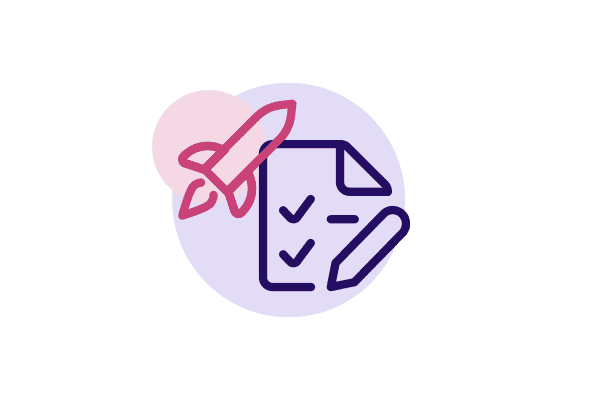Enterprise Firewall Management Software
Automate firewall and cloud security policy management from ground to cloud.

Automate firewall and cloud security policy management from ground to cloud.

Firewall policy management is often overlooked and overly complex in large enterprises. Growing network complexity leaves security teams struggling with rule changes, compliance demands, and rising cyber threats.
Without a dedicated solution, they risk policy sprawl, inconsistent enforcement, slow threat response, and audit failures—expanding the attack surface and weakening security confidence.
With FireMon, organizations improve their posture by:
Large enterprises rely on FireMon’s firewall management solutions when their environments become too complex for manual processes or native tools alone. Whether you’re handling thousands of rules across multi-cloud deployments or trying to align policies with evolving business risk, FireMon provides software built for scale, agility, and precision.
Organizations trust FireMon’s firewall policy management software to:
Vendor-agnostic support for Palo Alto, Cisco, Fortinet, Check Point, AWS, Azure firewalls
Visual policy modeling to simulate access paths and proposed rule changes
Built-in change management tools with integrated ticketing and approval workflows
Automatic audit log creation for all firewall rule and policy changes
Accurate up-to-date documentation of rule changes and audit trails
A firewall management tool is a software solution that simplifies the configuration, monitoring, and auditing of firewalls across enterprise environments. These tools allow security teams to centralize control, automate manual tasks, and continuously validate policies for continuous compliance and security effectiveness.
Enterprises typically manage a combination of traditional hardware firewalls, virtual appliances, cloud-native firewalls, and next-generation firewalls (NGFWs). Each type serves different purposes and may be deployed in data centers, branch offices, or public clouds, requiring a unified approach to enterprise firewall management.
The main benefits of using firewall management software include increased visibility, faster response to threats, reduced configuration errors, simplified compliance, and enhanced change management. By automating policy analysis and monitoring, these tools significantly reduce manual effort and enhance the accuracy of rule deployments across environments.
Critical features of a firewall management solution include:
These capabilities help enterprises enhance their security posture by reducing risk and ensuring policies are consistently applied.
To select the best firewall management software, evaluate your current firewall environment, vendor mix, compliance needs, and integration requirements. Prioritize solutions with strong automation, real-time analytics, and support for hybrid infrastructure.
Look for a platform designed for enterprise firewall management that scales with your business and offers proven results in similar industries.
Automated firewall management tools reduce manual workload, eliminate human error, and accelerate policy updates. It ensures faster response times to security events, maintains continuous compliance, and improves overall efficiency, making it easier to manage complex environments with fewer resources.